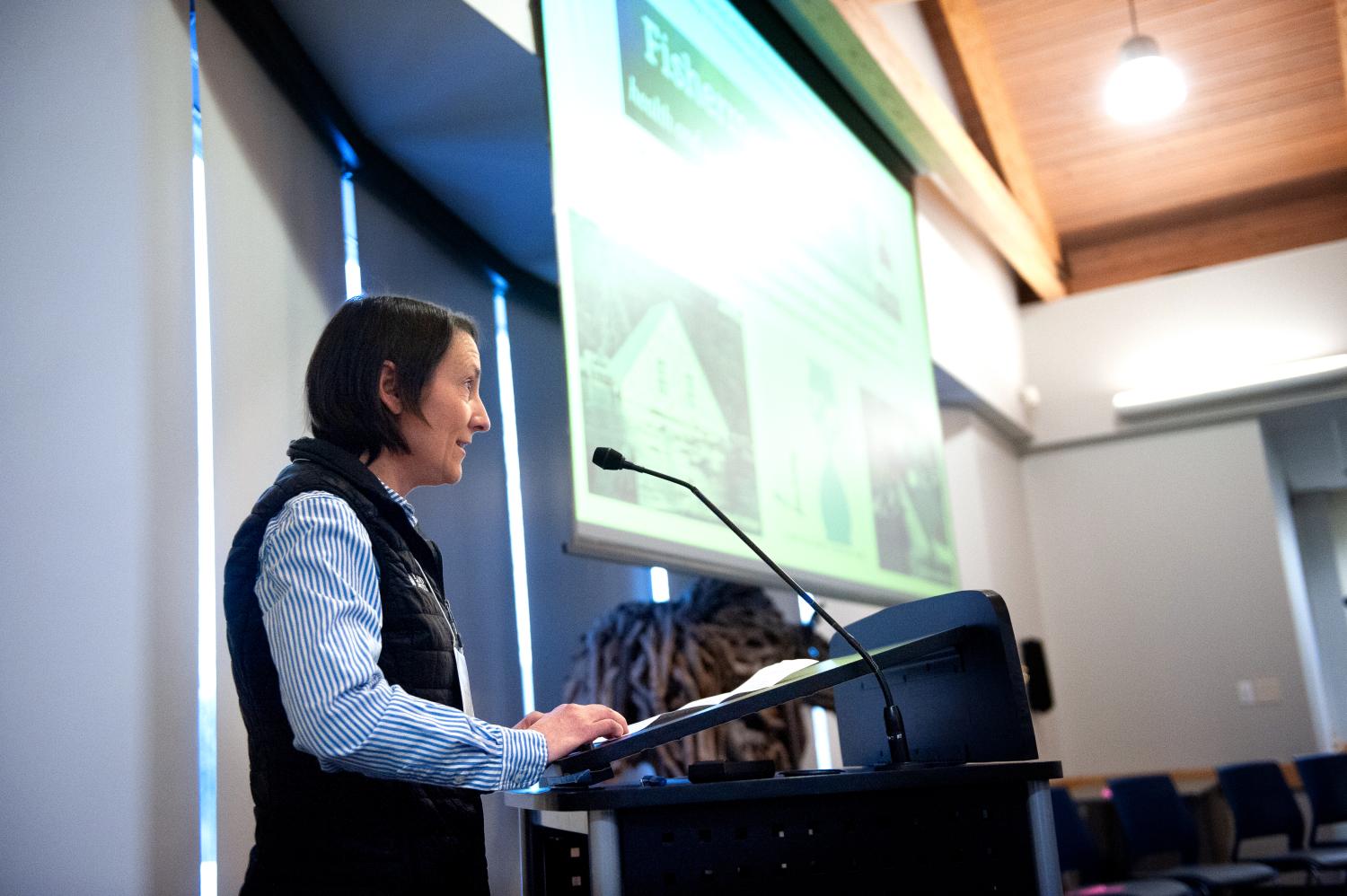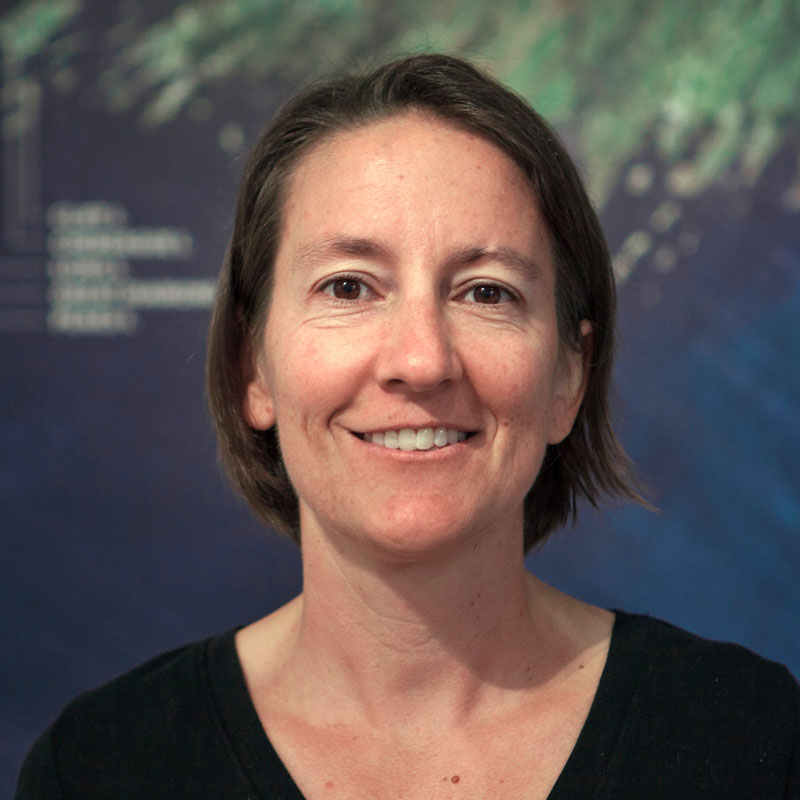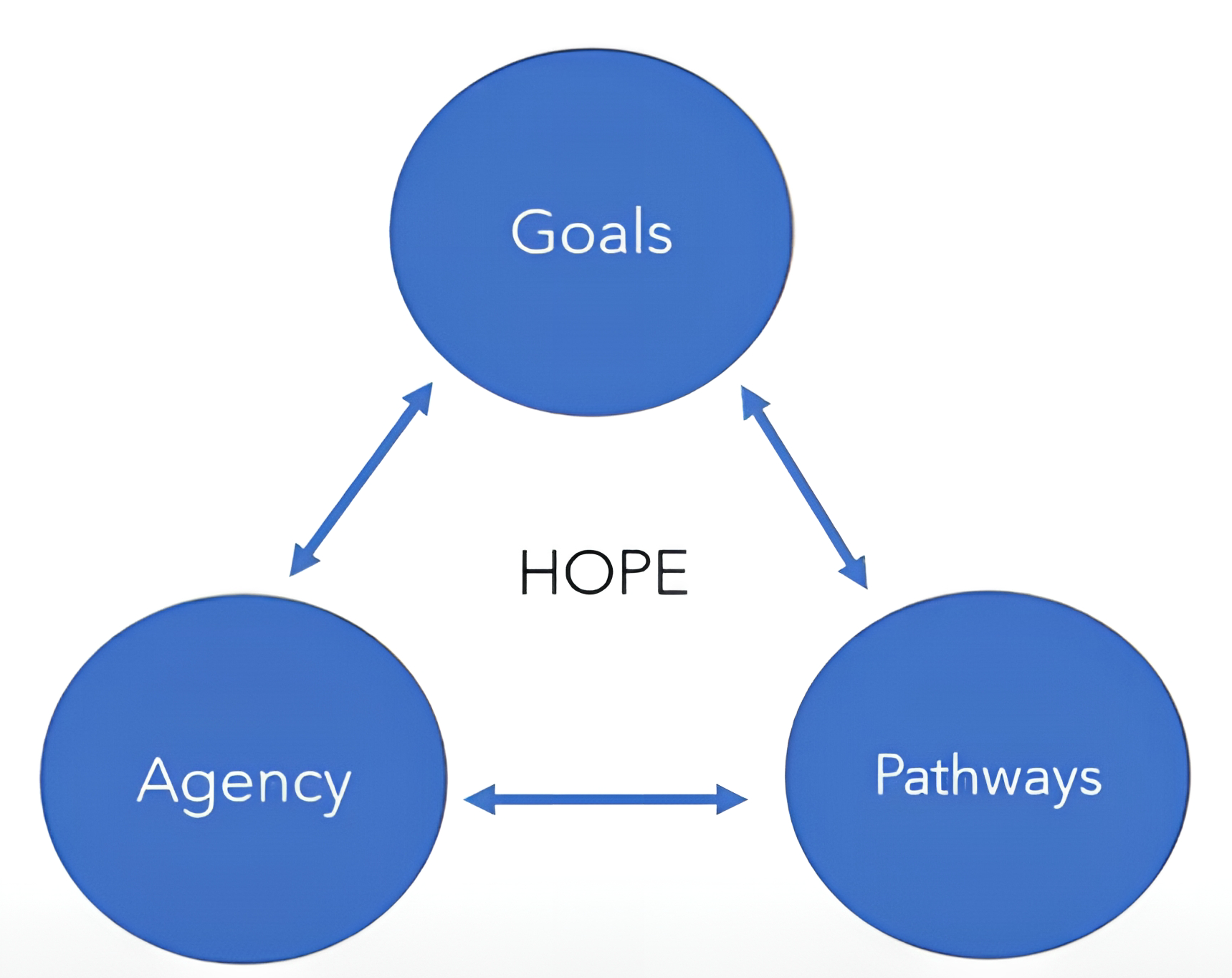
Q & A: The Science of Hope with Susie Arnold of the Island Institute
Earlier this year, STS co-chair Susie Arnold, Senior Ocean Scientist and Director of the Center for Climate and Community at the Island Institute, presented about the Science of Hope, and how we can apply the hope theory construct to climate action.
Here is a brief Q&A with Susie about her presentation, which you can also watch on YouTube,
Q: Why do we need to talk about hope as it relates to climate? 
A: As a co-chair of the Scientific and Technical Subcommittee, I’m often asked to give presentations on the impacts of ocean climate change, which includes a lot of negative trends. In the question-and-answer time, probably the question that I receive the most is, “In the face of this bad news, what gives you hope?”
Participating in events like the Talk of the Towns event on resilience in Stonington, organized by town leaders-- gives me hope. There was an auditorium packed full of engaged people, all interested in ta king action on climate to preserve the things that they value in their town.
I left this event feeling even more motivated to take action.
Q: Why are you, a marine biologist, talking about the Science of Hope?
A: Back in 2022, we were coming out of the pandemic, and I was giving a talk about ocean climate change to a group from a fisheries-dependent community. There were additional right whale rules looming over the lobster fishery, and the community was grappling with this on top of other climate-induced stressors facing their community.
At this point, I knew I had to change something about how I was communicating climate science. I’d recently participated in a staff training, where we were introduced to the Science of Hope. Since then, seeing the urgent need for hope, I’ve done some more digging.
Q: What did you find?
A: It turns out that hope is more than a feeling. Just as we can measure changes in climate variables, scientists also measure hope, and they've been doing so for about 30 years. Hope can be taught, it can be learned, and, importantly, it can be restored. It's about 3 primary components:
-
Goal setting (having a goal that's personally meaningful)
-
Agency thinking (having the knowledge and confidence that you can achieve that goal)
-
Pathways thinking (having a plan with incremental steps and a willingness to tweak that plan as needed)
Importantly, hope is more than optimism. It's about taking action. So without the pathways-thinking, it's simply wishful thinking.
Q: How can a hope-based approach to climate communications lead to action?
A: We know that climate change can worsen the mental health and well-being of Maine people. Climate anxiety can, in some cases, prompt people to take action, but it can also lead to paralysis. Importantly, hope has been shown to increase climate action more than anxiety, thus the real need to promote feelings of constructive hope in communications to encourage climate action.

Q: So, how do you engender hope in young people who may be experiencing climate anxiety?
A: Particularly with youth--high school, age or older, who have the intellectual capacity to understand the consequences of climate change, it's really important to coordinate openings for discussion and provide opportunities to exercise agency and avenues for meaningful action.
Q: How do you create hope—what do you do?
A: Communication models that further engagement in climate conversations involve not just the head—an understanding of climate change—but also the heart—or how the problem is meaningful to the individual—and the hands through opportunities for hands-on participation in action. One of the single best predictors of hope is our connectedness with each other, meaning an important component of nurturing hope is through social outlets, like showing up for presentations in your community or getting involved with local groups. These types of events done well can be modeled in this way to further engagement.
They also build social capital, or strong relationships, which make communities not just more resilient, but better situated for disaster, preparedness, and response.
Additionally, these types of engagements are critical so that people see themselves in solutions, so that they are personally meaningful.
Q: Any last thoughts?
A: Hope is a framework for action. There is a great distinction between hoping, which is all about action, and wishing, which is passive-- having a desire to do something but actually doing nothing.
I view my own role on the Scientific and Technical Subcommittee as an opportunity to build agency. The Working Groups help provide pathways, and the Council lays out the plan for meeting our collective goal, which is climate action. I encourage my scientist colleagues going forward to be hope-givers in their communications. Communicating the facts is absolutely important, as is communicating the pathways toward solutions.